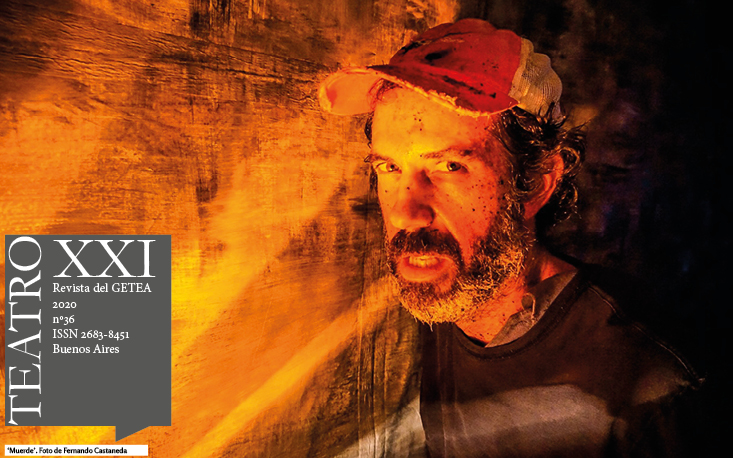Imaginary Indigenism: Opera and Theatre Representations of the Incas in 1920s’ Argentina
Keywords:
Incas, theater, opera, Argentina, indigenism
Abstract
At the beginning of the twentieth century, the archaeological boom in various regions of Peru alongside the search for symbols that could form the identity of the nation-state produced a wide range of cultural representations of the Inca past. These took different forms: from the visual to the performing arts. The most renowned theater company at this time was the Misión Peruana de Arte Incaico. The success of this company in Argentina in 1923 produced so much interest among members of the society, that in 1926 two operas written by Italian-Argentine composers –Ollantay by Constantino Gaito and Corimayo by Enrique Mario Casella– were premiered. In this paper I will analize the different artistic elements at play in the theater and opera performances, as well as their reception, to show how these two intermedial genres produced different visions of Indigenism. While the theater performances were trying to do an “authentic” representation of the Inca past, the operas by Gaito and Casella were making use of the Inca imaginary to produce a work that could be consider national as well as universal.Downloads
Download data is not yet available.
Published
2020-10-10
How to Cite
Wolkowicz, V. (2020). Imaginary Indigenism: Opera and Theatre Representations of the Incas in 1920s’ Argentina. Teatro XXI, (36), 91-106. https://doi.org/10.34096/teatroxxi.n36.8803
Issue
Section
Dossier

This work is licensed under a Creative Commons Attribution-ShareAlike 4.0 International License.












